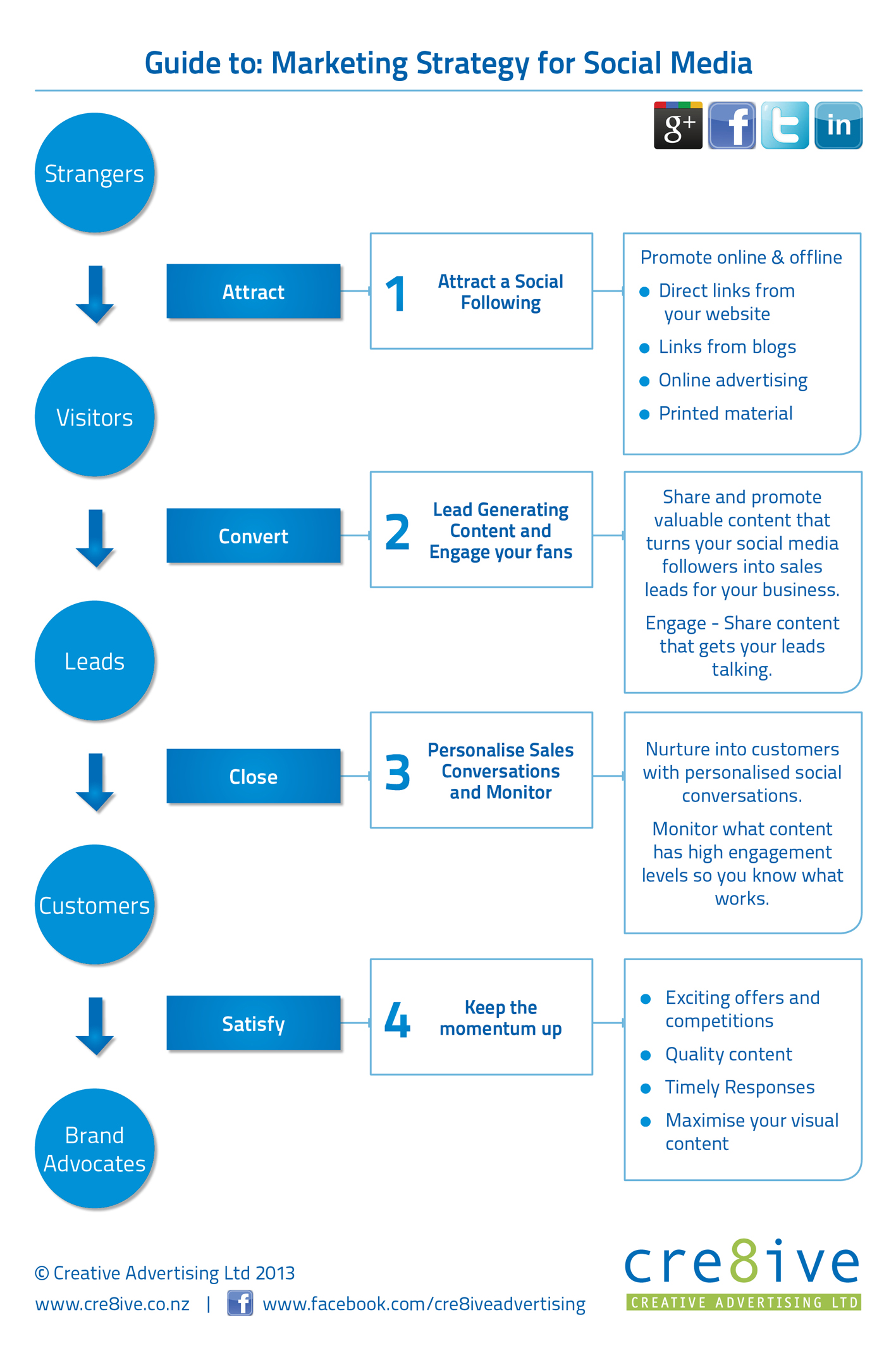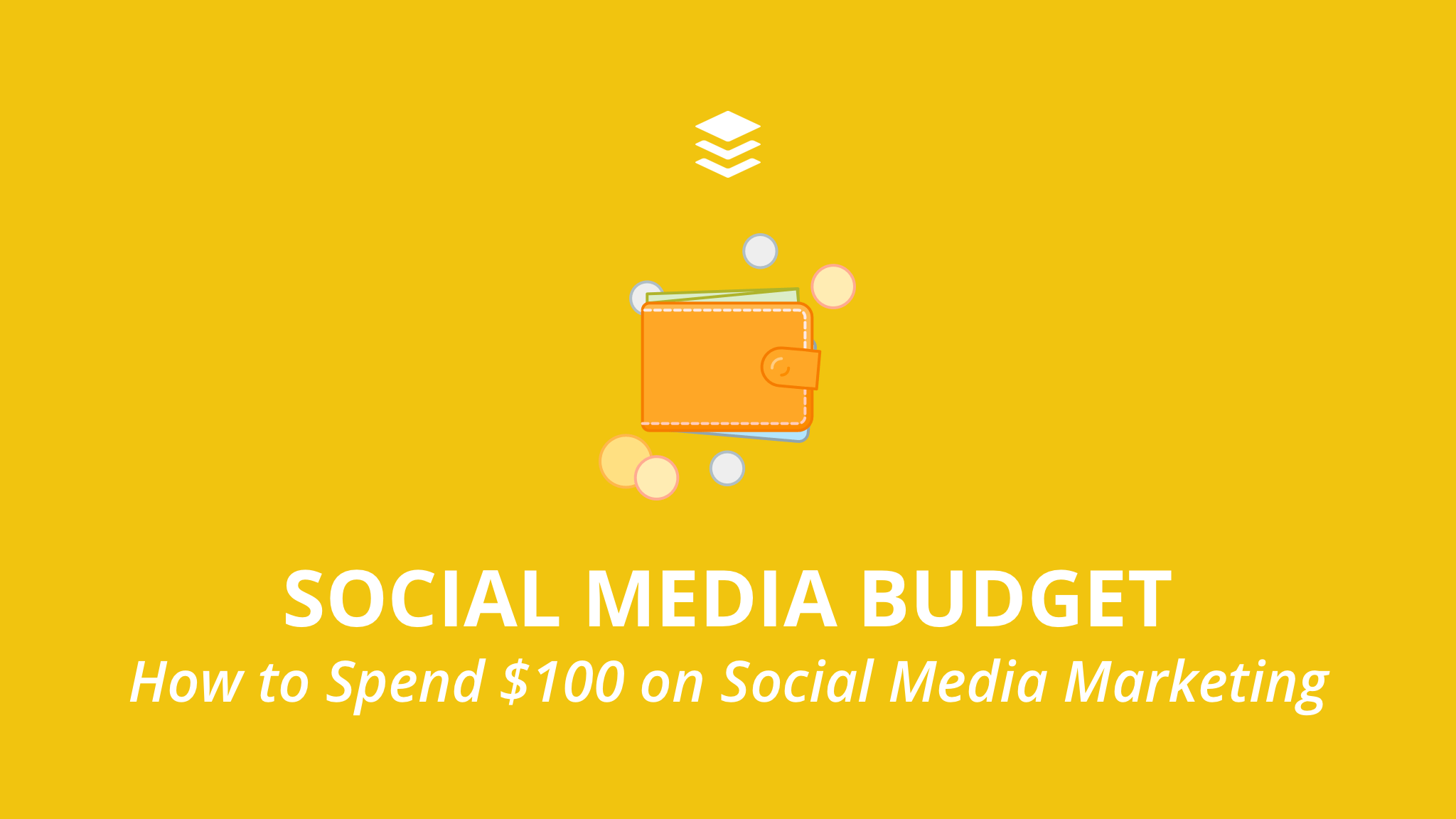
There are several tools available for social listening. Brandwatch, Sprout Social and Qualtrics are just a few of the tools available for social listening. These tools are great for data analytics, audience insights, brand monitoring, and brand monitoring. A free trial version of the software is available for you to try before making a purchase. This article gives an overview of three popular tools for social listening. You should also try out the free trial version of Mediatoolkit.
Brandwatch
Brandwatch is a world-leading social intelligence firm with over 1,200 companies as clients. Their teams design intelligent software solutions that enable businesses to respond to and understand the social media conversation. This social media monitoring tool and analytics platform helps marketers understand how brands are perceived by others in social conversations. Brandwatch's social listening tool gives marketers easy access top influencers, segments of consumers, and industries. Insights helps companies optimize their digital campaigns and tap into the mindset of a specific network.

Qualtrics
Social listening is an important aspect of digital presence management. Social media platforms are a valuable source of feedback for any brand, and ignoring them can cost you customers. Social listening is easy if you have the right tools. Qualtrics Connect can help you analyze and respond across all channels to customer outreach. You can learn more about Qualtrics and how it can help make social listening a more powerful part of your company's business.
Sprout Social
Brand24, a social listening tool, allows you monitor and analyze any kind of online conversation, including Facebook, Twitter, YouTube, and Instagram. It measures multiple metrics which can be divided into five different categories. This allows you to search for relevant data that will help your brand. Brand24 has a wide range of features. For example, you can compare two projects side to side with the Competitors tab.
Qualtrics and Brandwatch have partnered
Brandwatch helps companies harness the power of social listening. Social listening helps marketers to understand their customers and determine what needs to be fixed. It also helps them understand competitors and the broader context of the conversations they're having. Brandwatch collaborates with Qualtrics for analysis of social listening data and recommendations based on those results. These powerful tools allow marketers to create more relevant content, increase customer engagement, gain deeper insights into their products and services, and combine them for greater effectiveness.

Brandwatch's partnership to Qualtrics
Brandwatch is a social media management tool that helps marketers hear billions of voices to understand their competitors. Brandwatch can also help marketers understand their audience's preferences by using artificial intelligence (AI), data analytics, and other methods. These tools help marketers better understand their audience to create campaigns based upon what they discover. Brandwatch's social listening tool works with Qualtrics in order to analyze social media data, and then recommend actions based upon these insights.
FAQ
What is strategic Content Marketing?
Content Marketing is the art of creating valuable content for others to share across channels. It's all about giving people exactly what they want. The most successful companies are those who understand this.
Strategic Content marketing ensures that you give them what they need at exactly the right moment.
Listen carefully to what people think and get to know their interests. Then you have to create high-quality content that answers their questions and solves their problems. This builds trust and loyalty, and makes sure you're always available when they need your product/service.
Why is content marketing important?
According to HubSpot, "The average person spends nearly two hours each day consuming some form of content--on social media, in their newsfeeds, while watching TV, reading magazines, browsing websites, listening to podcasts, and more. This is a lot of content consumption!
What is the ROI of a Content Marketing Strategy for me?
The average return on investment (ROI) for businesses that implement a Content Marketing Strategy is between 5x and 10x higher than for businesses that don't.
A Content Marketing Strategy is designed for sales and leads generation.
It also provides valuable insight into your business. These insights can help you make better business decisions like identifying new opportunities or improving customer service.
Let me tell you how much you can make from your Content Marketing Strategy.
It's possible to double your overall revenues.
Are there any restrictions on linking to content from other websites?
Yes! This is called link building. It's a great way increase traffic to your site by linking to other sites. But only link to reliable sources.
How can I measure success when using content marketing?
There are many ways you can measure the success of your content marketing strategies.
One good measurement tool is Google Analytics. This tool allows you to see where your targeted traffic is coming from and what pages they are visiting most often.
It also displays how long each visitor remains on your website before leaving.
This information can be used by you to improve your content, get people's attention, keep them engaged longer and make it more appealing.
These questions can also help you determine the success of your content marketing efforts.
What value do my new subscribers receive from my email bulletins? What proportion of my mailing list has become paying members? How many people have clicked through to my landing page? Does clicking through result in higher conversion rates?
These are important metrics to monitor and track over time.
A great way of measuring content marketing success is to examine the number people share your content via social networks.
Consider starting now if this is something you aren't doing. It could mean the difference between being seen and unseen in your industry!
What is Content marketing?
This is a strategy that creates valuable, relevant content for your website or blog. This content can include video, images, text, and infographics.
What is Content Strategist, and what does it do?
Content strategists help brands tell stories through engaging messages that are emotionally connected to their audience. They are storytellers that tell stories about brands to help people make decisions and then take action.
Content strategists are skilled at creating strategies that will engage customers and prospects. They combine storytelling and data analytics to create experiences that encourage customers to visit stores and buy products.
They also understand how to integrate social media platforms into these campaigns. And they use technology tools such as video and virtual reality to deliver powerful customer experiences.
A content strategist is responsible for translating these ideas into concrete plans that marketers can implement. This includes creating content for print and television, developing creative briefs, managing budgets, and creating content.
Statistics
- In fact, would pay more for a better customer experience, and 86% of B2B buyers would pay more. (neilpatel.com)
- We found that 40% of businesses don't have a documented strategy yet. (semrush.com)
- Measure your goals with a progress indicator of 0-100%. Make your goals collaborative and transparent (semrush.com)
- According to research compiled by Coschedule: Companies that publish 16+ blog posts a month get as much as 3.5x as much traffic as those that publish 0-4 posts a month. (criteo.com)
- This marketing strategy landed Ford a 15.4% conversion rate. (neilpatel.com)
- Content marketing produces 3X more leads per dollar spent. Content marketing costs 62% less than traditional marketing. (criteo.com)
- According to our research, brand awareness, attracting traffic, and generating leads remain the key content marketing goals in 2022. (semrush.com)
- Progress indicators (0–100%) allow each team member to see how attainable each goal is and understand what remains to be accomplished. (semrush.com)
External Links
How To
Informationgraphic creation tips to help with content marketing
Infographics can be a great way to simplify complex concepts and make it easy to understand. You should use infographics to spread the message about content marketing.
You'll need design software such as Adobe Illustrator or Photoshop to create an infographic. These programs can be used for drawing out shapes and elements to represent data. After that, you can add fonts and colors to make it look professional. After your design is complete, you can upload images from Unsplash and Pixabay to your design.
Online infographics can be a great source of inspiration. If you want to show calories in certain foods, then you can take a picture or diagram of a food pyramid, and add pictures of the foods. Another option is to take a picture of a can of Coke and look at how much sugar it contains.
Once you have designed your infographic you can share it via social media channels, such as Facebook or Twitter. This allows people to learn more about the concept, even if they aren't familiar. Include hashtags if you plan to share your infographic via social media platforms. This will allow others to see what you're talking. Hashtags enable users to follow along in conversations related to specific topics.
Try to make your infographic posts shorter than you normally would if you create one. A blog post may be 2000-5000 words long. An infographic requires only 500-1000 words. This allows you to convey more information in a smaller space.
Remember that not all viewers can read small font sizes when designing an infographic. It is important to use large fonts and avoid relying too heavily on colors when designing your infographic. Make sure all text is legible.
Here are some additional tips :
-
Use an infographic template. There are many free templates online. Canva and Piktochart are some of the most popular.
-
Create your Infographic. Create your infographic using the template. Any media you choose is acceptable for your audience. For example, creating an infographic about the best places to eat in Seattle might choose photos of local restaurants.
-
Add Text. Add text after you've created your infographic.
-
Add Images. Images can be added to your infographic. These can be pictures, charts, graphs, or icons. If you want to add a picture, make sure it's relevant to your topic.
-
Make it interactive. Interactive elements like buttons, maps and links can be added to your website. This will help engage your audience.
-
Share. Share your infographic after you're done.
-
Measure. What was the performance of your infographic? Did they click through to your site? Did they signup for your mailing list? Was their reaction to the infographic?
-
Improve. Do you think there are ways to improve your infographics Is there anything you could do better?
-
Repeat. Repeat.